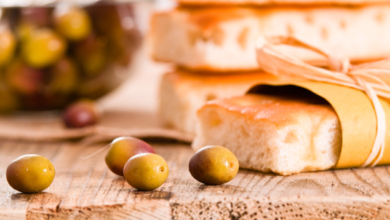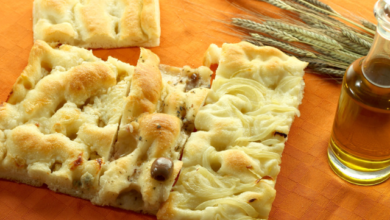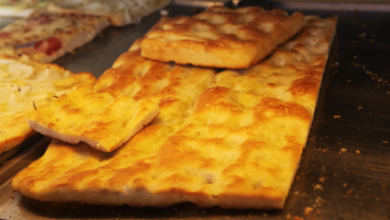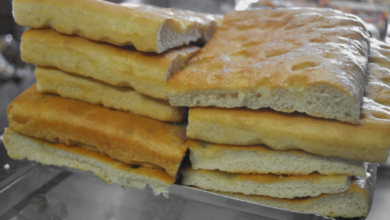How Long Does Focaccia Need to Rise? We Got The Answer!
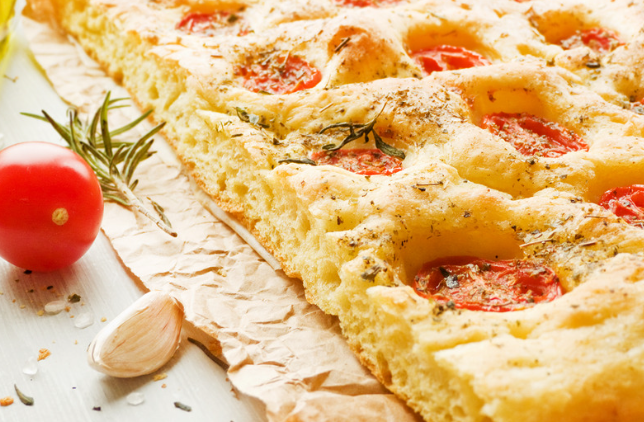
What To Know
- The amount of water in the dough affects the rising time.
- Proof the dough in a covered container or wrap it tightly with plastic wrap.
- Whether you are a seasoned baker or a novice, this guide will empower you to achieve consistent and delicious focaccia every time.
Focaccia, the beloved Italian flatbread, is renowned for its airy texture and flavorful crust. Achieving this perfection requires careful attention to the rising process. So, the question arises: how long should focaccia rise? This comprehensive guide will delve into the optimal rising time, providing you with the knowledge to create exceptional focaccia every time.
The Science of Focaccia Rising
During the rising process, yeast consumes the sugars in the dough, producing carbon dioxide gas. This gas creates bubbles, which expand and give focaccia its characteristic texture. The ideal rising time allows the yeast to fully develop its flavor and create an airy crumb.
Factors Influencing Rising Time
Several factors influence the rising time of focaccia, including:
- Yeast Activity: The amount and type of yeast used affect the rate of fermentation. Active dry yeast requires soaking in warm water before adding it to the dough, while instant yeast can be added directly.
- Temperature: Yeast thrives in warm environments. A temperature of 70-80°F (21-27°C) is ideal for focaccia rising.
- Dough Hydration: The amount of water in the dough affects the rising time. A well-hydrated dough will rise more slowly than a drier dough.
- Sugar Content: The more sugar in the dough, the faster the yeast will ferment. However, too much sugar can create an overly sweet or dense focaccia.
Determining the Optimal Rising Time
The ideal rising time for focaccia varies depending on the factors mentioned above. However, a general guideline is:
- First Rise: 1-2 hours at room temperature, or until the dough has doubled in size.
- Second Rise: 30-60 minutes at room temperature, or until the dough has risen by about 50%.
Signs of Over- and Under-Proofing
Over-proofing occurs when the dough rises for too long, resulting in a dense, sour bread. Under-proofing occurs when the dough does not rise enough, resulting in a flat, tough bread. Here are some signs to watch for:
- Over-Proofing: The dough will be very sticky and difficult to handle. It may also collapse when punched down.
- Under-Proofing: The dough will be firm and springy when poked. It may not rise much in the oven.
Tips for Perfect Focaccia Rising
- Use high-quality yeast and store it properly.
- Maintain a warm rising environment.
- Use a dough thermometer to ensure the correct temperature.
- Proof the dough in a covered container or wrap it tightly with plastic wrap.
- Punch down the dough and shape it before the second rise.
- Do not overwork the dough, as this can inhibit rising.
Conclusion: Mastering the Art of Focaccia Rising
Mastering the rising process is crucial for creating exceptional focaccia. By understanding the factors that influence rising time and following the guidelines and tips provided, you can unlock the secrets of perfect bread. Whether you are a seasoned baker or a novice, this guide will empower you to achieve consistent and delicious focaccia every time.
FAQ
1. Why does my focaccia rise too much or too little?
- Possible causes include incorrect yeast activity, temperature, dough hydration, or sugar content.
2. Can I speed up the rising process?
- Yes, you can use a warmer environment or add more yeast, but be cautious of over-proofing.
3. How do I know when my focaccia is ready to bake?
- When the dough has risen by about 50% and feels light and airy when poked.
4. Can I use a bread machine to make focaccia?
- Yes, but adjust the rising times according to the machine’s instructions.
5. Why is my focaccia dense and chewy?
- Possible causes include over-proofing, under-proofing, or using too much flour.
